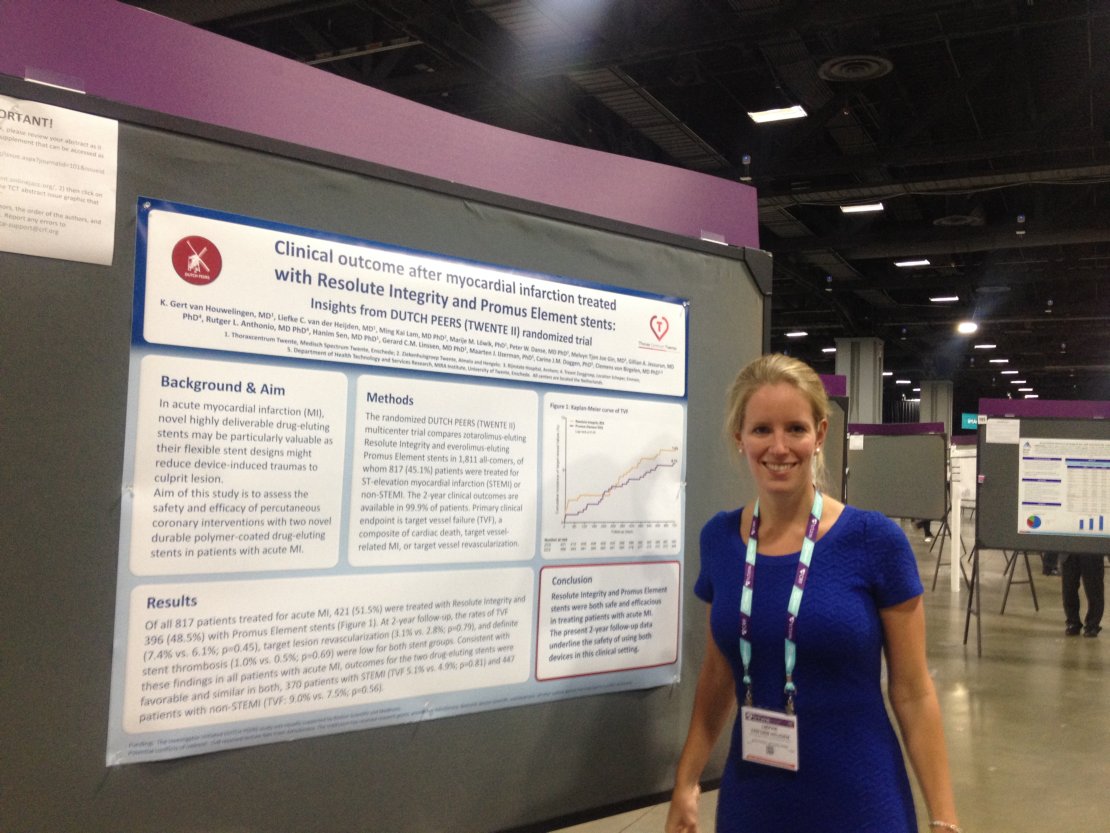Second-generation drug-eluting stents and beyond
Drug-eluting stents (DES) have become indispensable in the treatment of coronary artery disease. These coronary implants are constantly being improved to optimize safety and efficacy of treatment. Second-generation and newer-generation DES with durable polymers have shown excellent outcomes in terms of safety and efficacy both at short-term and long-term follow-up. With the improvements of stents and the overall relatively low rates of adverse events, it is becoming increasingly difficult to demonstrate a benefit of stent refinement. Therefore, it may be of interest to focus the assessment on high-risk patients or patients with complex lesions. High-risk patients can be defined according to previous studies and were shown to have increased rates of adverse clinical events. No difference in clinical outcome was observed following treatment of bifurcated versus non-bifurcated target lesions; however patients with a history of coronary bypass surgery, patients treated for at least one lesion in a small vessel (<2.50 mm), and patients with at least one severely calcified target lesion had significant higher adverse event rates than patients without these complex lesion characteristics. It may be valuable to investigate the potential benefits of stent refinements in subgroups of selected high-risk patients.

In parallel with the refinement of durable polymer coated DES, stents with biodegradable coatings were developed. The absence of loss of 1-year safety and efficacy with the use of biodegradable polymer-coated DES is a prerequisite before assessing their potential longer-term benefits.
The latest technical development is a bioresorbable vascular scaffold that aims at providing only a finite period of vascular support after device implantation. Based on data of our meta-analysis, the use of current-generation bioresorbable scaffolds should preferably be limited to clinical studies.





